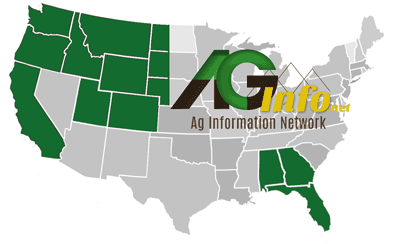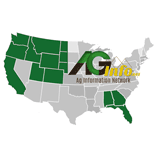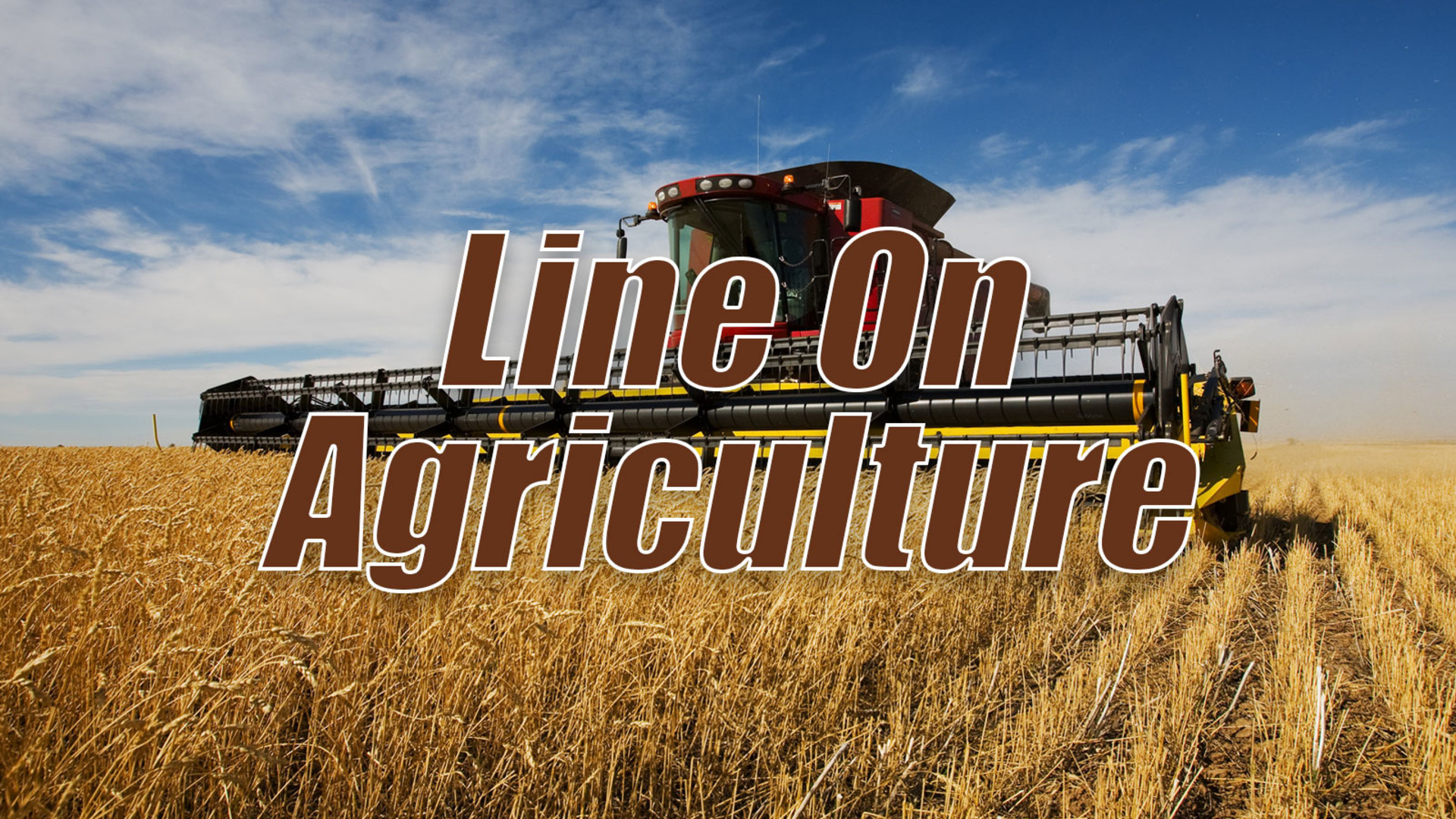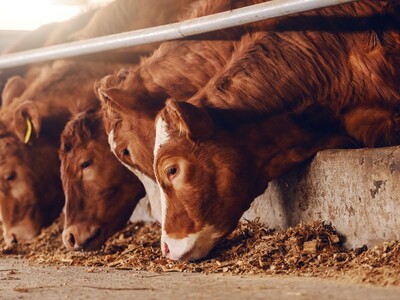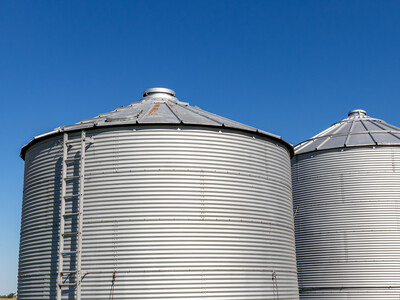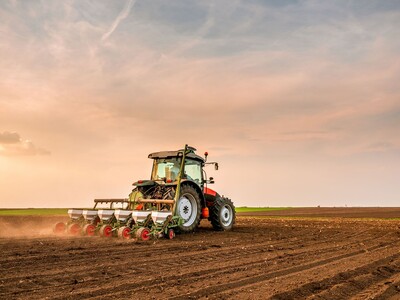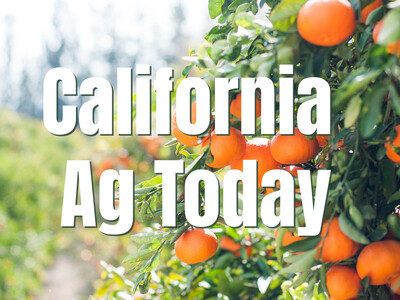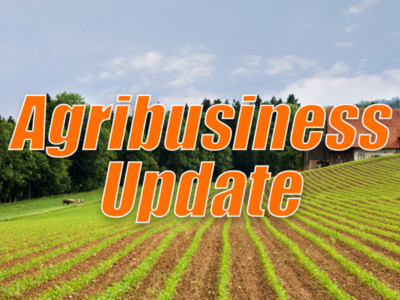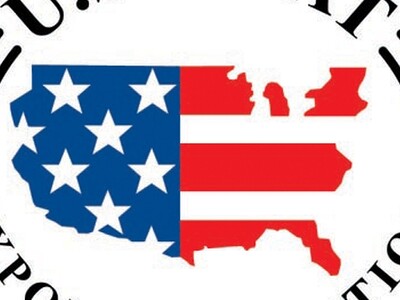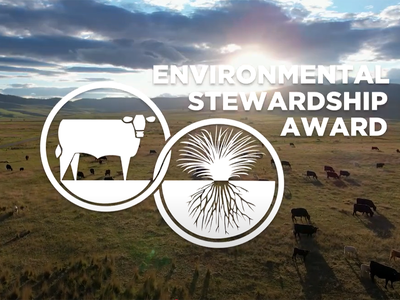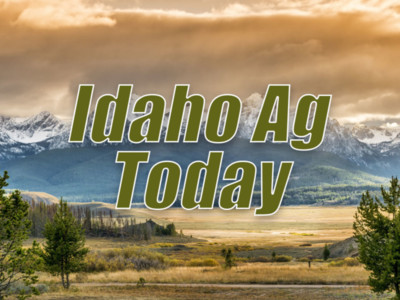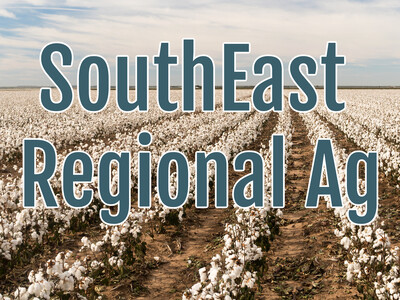EPA's Greenhouse Gas Regulations
EPA’s Greenhouse Gas Regulations. I’m Greg Martin with today’s Line On Agriculture.
The Environmental Protection Agency has proposed new rules for the Clean Air Act that would force small emitters of greenhouse gas to obtain permits. Carl Schaffer, president of Pennsylvania Farm Bureau, recently testified before a House Energy and Commerce Subcomittee that the economic implications of the plan for the nation’s farmers and ranchers could be devastating.
Shaffer: EPA estimated the average cost to obtain a permit would be more than $23,000. Using EPA’s own numbers, just the expense of obtaining permits will cost agriculture more than $866 million. These costs are a significant burden to livestock producers.
Shaffer explained that even small farms will fall under these rules.
Shaffer: To put this in perspective we’re talking about farms with 25 dairy cows, 50 beef cattle, or 200 hogs. These numbers represent about 90 percent of America’s livestock production, which would be subject to Title V permitting requirements. Even by the standards of my father’s generation, these standards do not describe large farms.
Shaffer also pointed out that, already, farmers are being negatively impacted by greenhouse gas regulation because of increased fuel and energy costs passed down by utilities and refineries. And while EPA regulators say they will “tailor” or phase in the regulatory requirements to make them easier to bear, Shaffer voiced doubts that the Clean Air Act gives them that flexibility.
Shaffer: Although the EPA administrator has expressed an intention not to regulate livestock emissions, there is nothing in the statute granting the administrator the authority to exempt agriculture from regulation.
Shaffer discusses the EPA’s plan to “tailor” or phase in the new regulations, which are already being challenged in the Court of Appeals in the District of Columbia and the implications the court’s decision could have on farmers.
Shaffer: A court ruling overturning the tailoring rule would immediately make the feared direct cost, described previously, become a sudden reality for farmers and ranchers across the nation. This regulatory train has already headed down the tracks and is picking up speed.
That’s today’s Line On Agriculture. I’m Greg Martin on the Ag Information Network.
